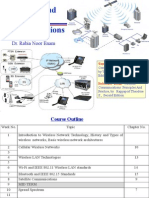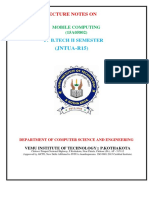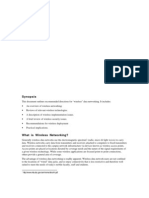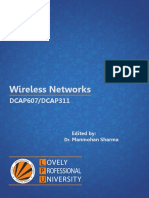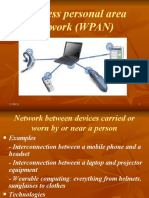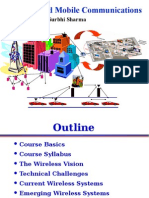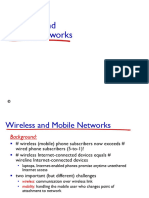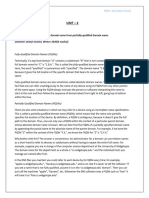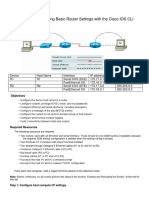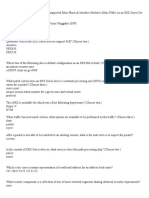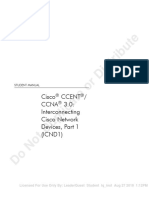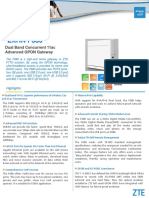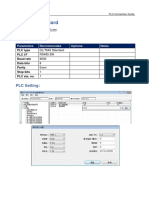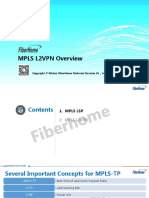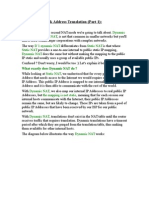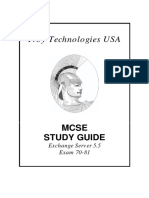0% found this document useful (0 votes)
92 views52 pagesModule 2-Basics of Wireless Networks
This document discusses the basics of wireless networks. It begins by explaining the differences between wired and wireless networks, noting that wireless networks use radio waves and air as the communication medium, provide mobility, but have lower data rates than wired networks. It then covers wireless network architectures, including mobile hosts, access points, core networks, and how they support mobility. Several types of wireless networks are classified based on their range, including WBAN, WPAN, WLAN, WMAN and WWAN. Issues affecting wireless communication such as interference, multipath propagation, and path loss are also outlined.
Uploaded by
Radhika VenkateshCopyright
© © All Rights Reserved
We take content rights seriously. If you suspect this is your content, claim it here.
Available Formats
Download as PPT, PDF, TXT or read online on Scribd
0% found this document useful (0 votes)
92 views52 pagesModule 2-Basics of Wireless Networks
This document discusses the basics of wireless networks. It begins by explaining the differences between wired and wireless networks, noting that wireless networks use radio waves and air as the communication medium, provide mobility, but have lower data rates than wired networks. It then covers wireless network architectures, including mobile hosts, access points, core networks, and how they support mobility. Several types of wireless networks are classified based on their range, including WBAN, WPAN, WLAN, WMAN and WWAN. Issues affecting wireless communication such as interference, multipath propagation, and path loss are also outlined.
Uploaded by
Radhika VenkateshCopyright
© © All Rights Reserved
We take content rights seriously. If you suspect this is your content, claim it here.
Available Formats
Download as PPT, PDF, TXT or read online on Scribd
/ 52

